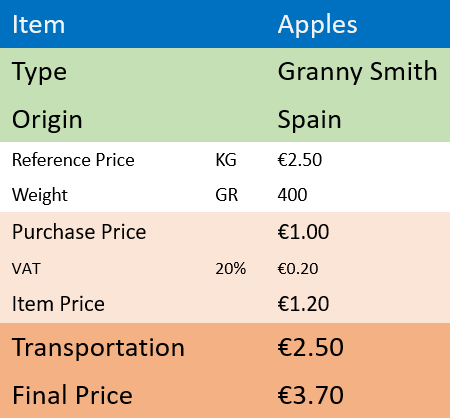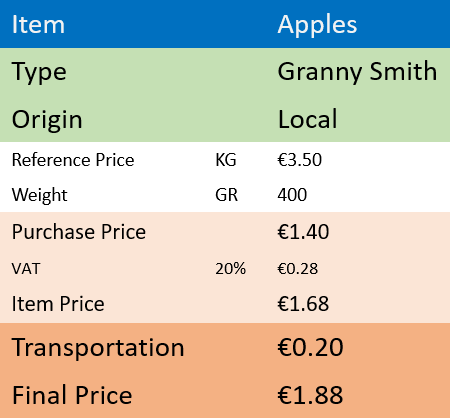What it a Transportation Tax and why do we need this?
Every company, manufacturers, distributors, etc. calculate their costs based on knowable factors. These factors include the price of raw materials, production costs such as man hours, energy to run a facility, transportation and related administrative costs such as HR, IT, etc.
Let’s focus on transportation. When calculating transportation the elements considered are
- energy
- ownership, hire or leasing costs
- personnel
- loading, unloading and docking (ships and planes)
- other costs, like motorway fees, tunnels or ferries, etc.
Nowhere to be seen are the environmental costs such as the environmental impact of shipping, or the environmental impact of transport in general.
All transportation costs are absorbed into the final sales price of a product and consumers are kept ignorant. Consumers only see a price and do not – willingly or unwillingly, see the environmental price of their purchase.
We need to raise awareness and the only way to do this is by implementing a transport tax.
However, a new tax in itself is not going to solve the issue. A new tax will only increase prices without explanation.
The transport tax must be visible and entirely transparent. It must be added to the final price, after sales tax or VAT.
Here are the product labels I would like to see in a supermarket:


As one can see above, locally produced apples are slightly more expensive. But, given that transportation costs less, in the end the product is cheaper.
What matters is that the consumer is forced to consciously acknowledge the environmental impact of transportation.
Recent Comments